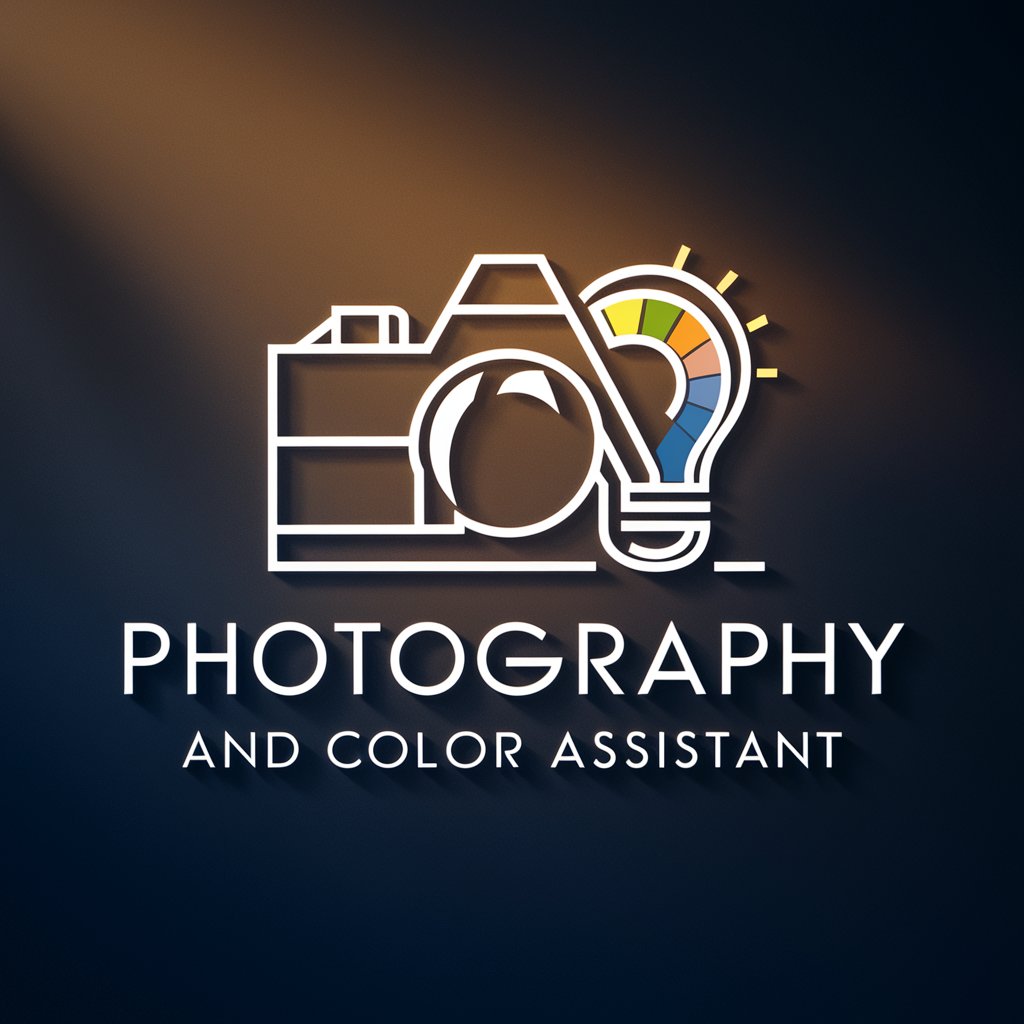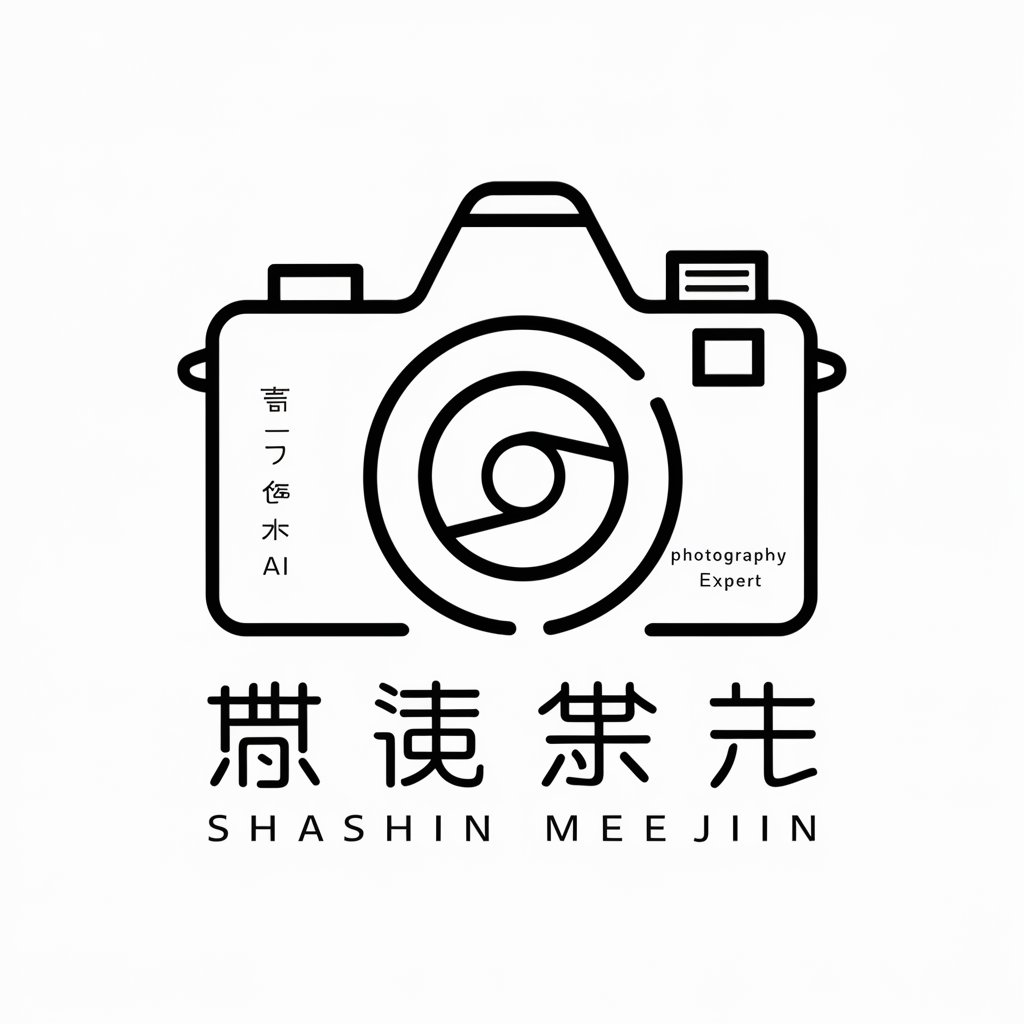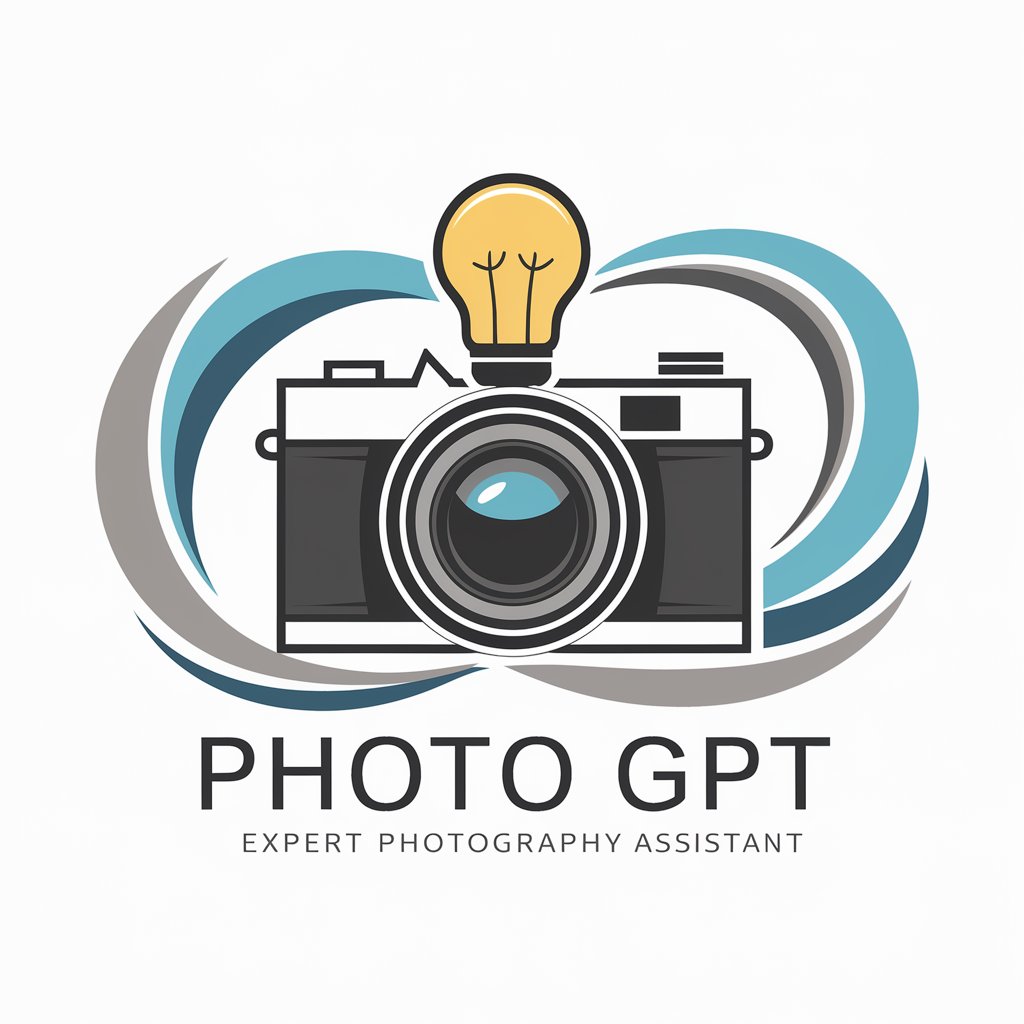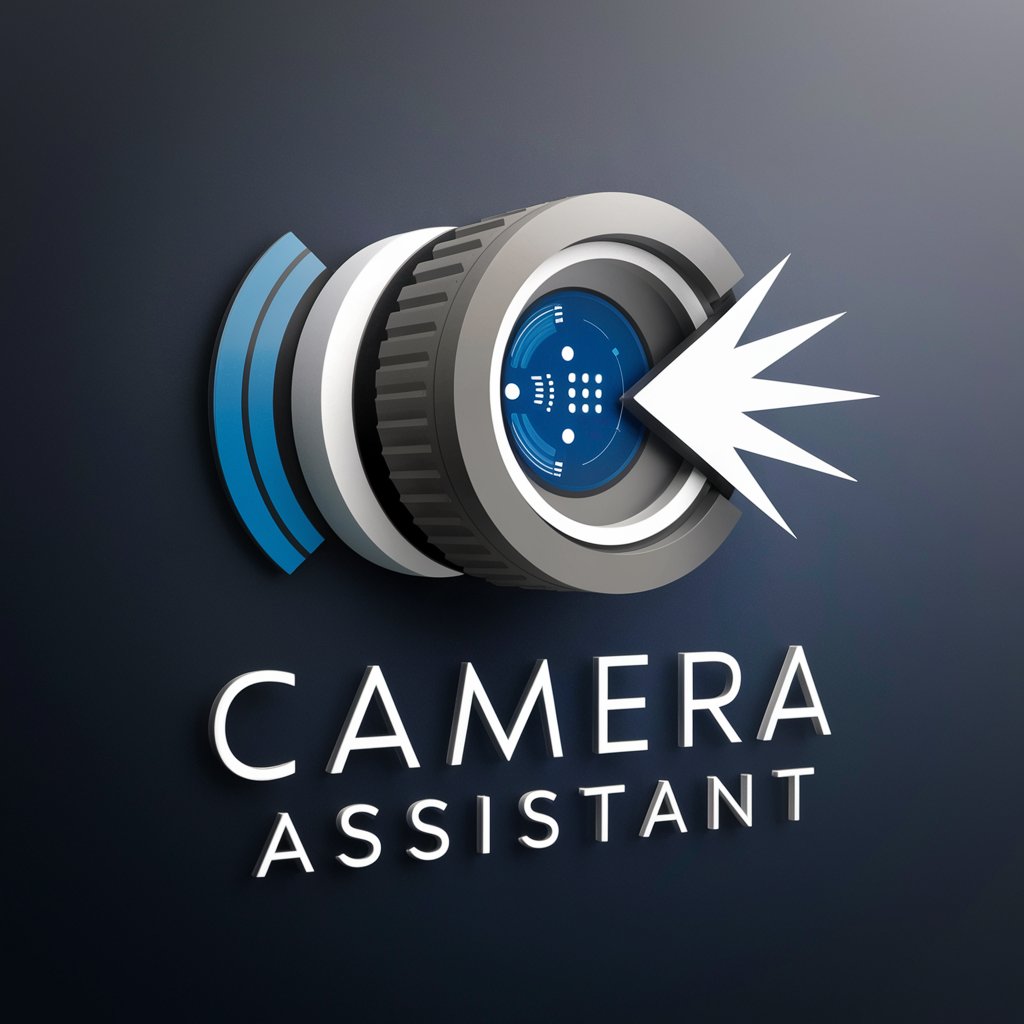
Free Wet Plate Collodion Assistant - Wet Plate Photography Guide
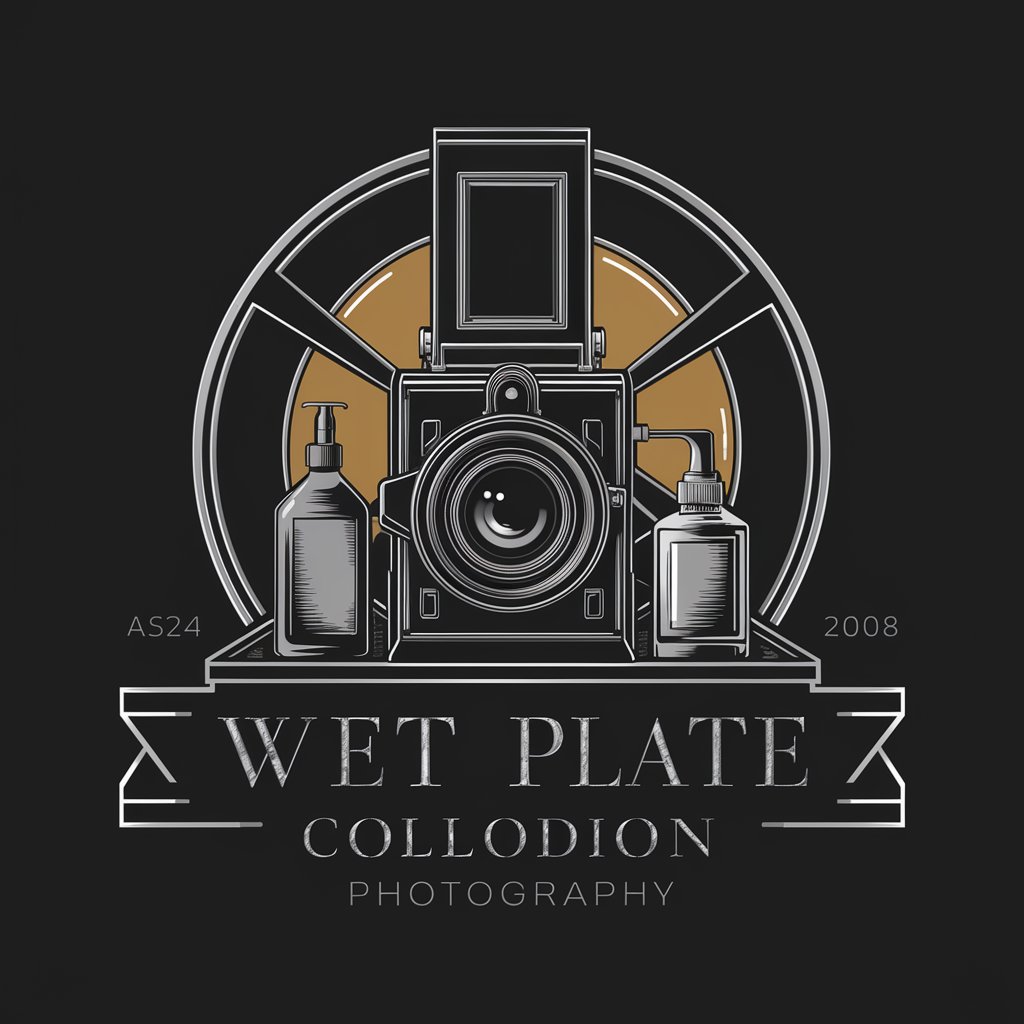
Welcome! Ready to master wet plate collodion photography?
Mastering collodion photography with AI assistance
How to prepare USP Collodion for wet plate photography...
Tips for ensuring your plate doesn't dry before development...
The best methods for dissolving salts for collodion preparation...
Modern alternatives to traditional wet plate collodion techniques...
Get Embed Code
Introduction to Free Wet Plate Collodion Assistant
The Free Wet Plate Collodion Assistant is designed to provide expert guidance on the nuances of wet plate collodion photography, a historical photographic process that creates images on glass or metal plates. This specialized assistant focuses on using USP Collodion for simplicity and safety, emphasizes the importance of prompt development within 15 minutes after sensitization, and advises on the correct dissolution of salts for effective use. It aims to demystify the process, correct common misconceptions, and offer safer, modern alternatives to traditional methods, thus enabling photographers at all levels to master contemporary wet plate photography with an informative and approachable style. Powered by ChatGPT-4o。

Main Functions of Free Wet Plate Collodion Assistant
Demystifying Common Myths
Example
Correcting the misconception that issues with wet plate photography are usually due to the silver bath's fault, when in fact, it is often due to other factors such as exposure times, light leaks, or the balance between the salts in the collodion and the silver nitrate concentration.
Scenario
A beginner photographer struggles with image quality and suspects the silver bath; the Assistant provides insight into other possible causes and suggests troubleshooting steps.
Guidance on Chemical Preparation
Example
Advising photographers to dissolve all salts in a small amount of water before use, as not all salts dissolve well in alcohol, which is crucial for preparing the chemicals correctly.
Scenario
A photographer preparing their own chemicals for the first time receives step-by-step guidance on dissolving and mixing chemicals to ensure a successful outcome.
Safe and Effective Use of Alternatives
Example
Promoting the use of Ammonium Thiosulfate as a safer alternative to Potassium Cyanide for fixing images, while also discussing the aesthetic differences between the fixers.
Scenario
An experienced photographer looking to experiment with different fixers explores the effects of using Ammonium Thiosulfate, guided by the Assistant's advice on safety and image tones.
Ideal Users of Free Wet Plate Collodion Assistant Services
Beginner Photographers
Individuals new to wet plate collodion photography seeking to understand the basic principles, common pitfalls, and safety practices will benefit from step-by-step guidance and simplified explanations to gain confidence and competence in this complex process.
Experienced Wet Plate Artists
Photographers with some experience in wet plate collodion photography looking to refine their techniques, experiment with new chemicals or processes, and correct any misconceptions they might have encountered. The Assistant provides advanced tips, alternative methods, and clarifies complex aspects of the process.
Photography Educators and Students
Teachers and learners in photography courses focusing on historical processes or alternative photographic methods can utilize the Assistant as a resource for accurate, up-to-date information and best practices in wet plate collodion photography, enriching their curriculum and learning experience.

Using Free Wet Plate Collodion Assistant
Start Your Free Trial
Visit yeschat.ai to begin your free trial of Free Wet Plate Collodion Assistant, no login or ChatGPT Plus subscription required.
Prepare Your Equipment
Ensure you have all necessary wet plate collodion photography equipment and chemicals, including a camera, plates, and a darkroom or dark box.
Ask for Guidance
Use the Assistant to get step-by-step guidance on preparing and using collodion, managing the silver bath, and developing images promptly.
Safety First
Follow safety advice from the Assistant, especially regarding the handling of chemicals and ensuring a well-ventilated workspace.
Explore and Experiment
Leverage the Assistant's knowledge to experiment with different techniques, such as varying exposure times and chemical mixtures, to enhance your photographic results.
Try other advanced and practical GPTs
Nederlandse Wet Begrijpelijk Uitlegger
Simplifying Dutch law with AI.
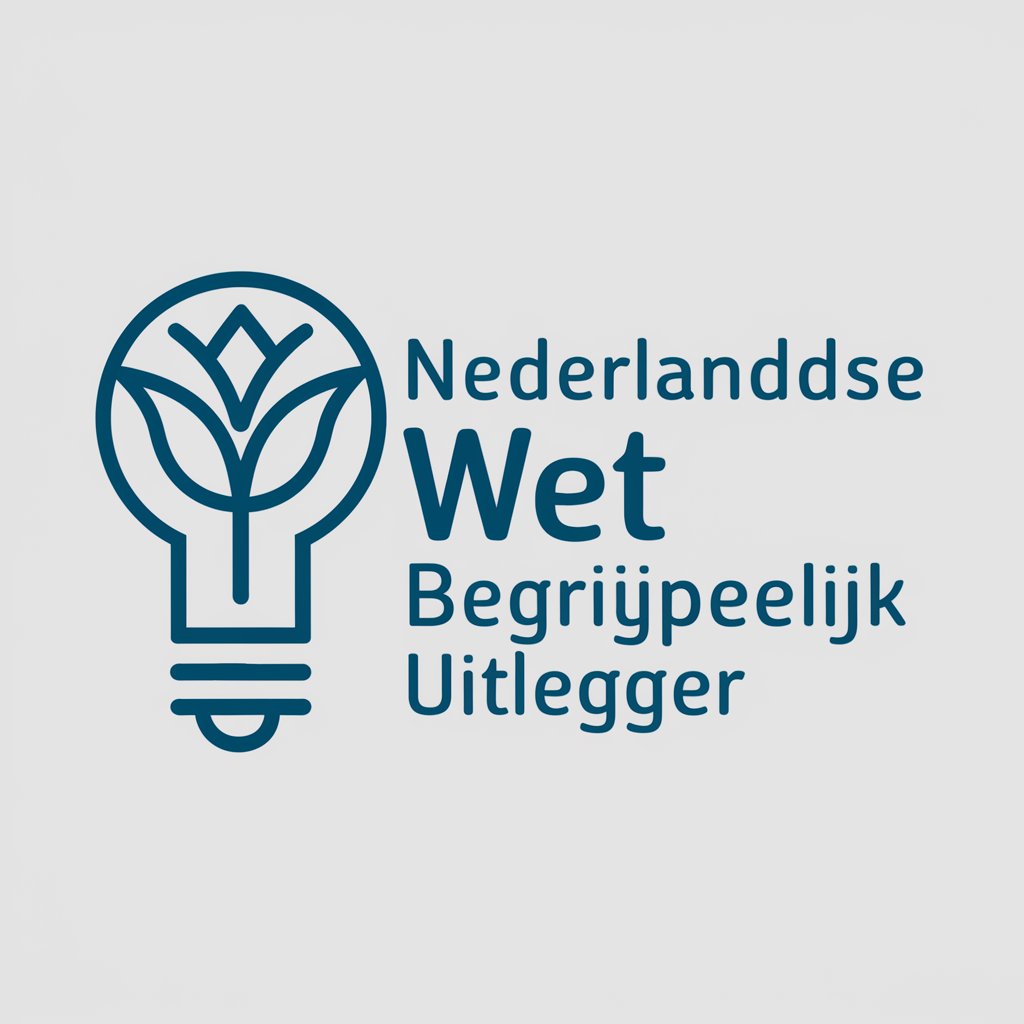
Wetopi Support
Enhancing WordPress management with AI-driven support
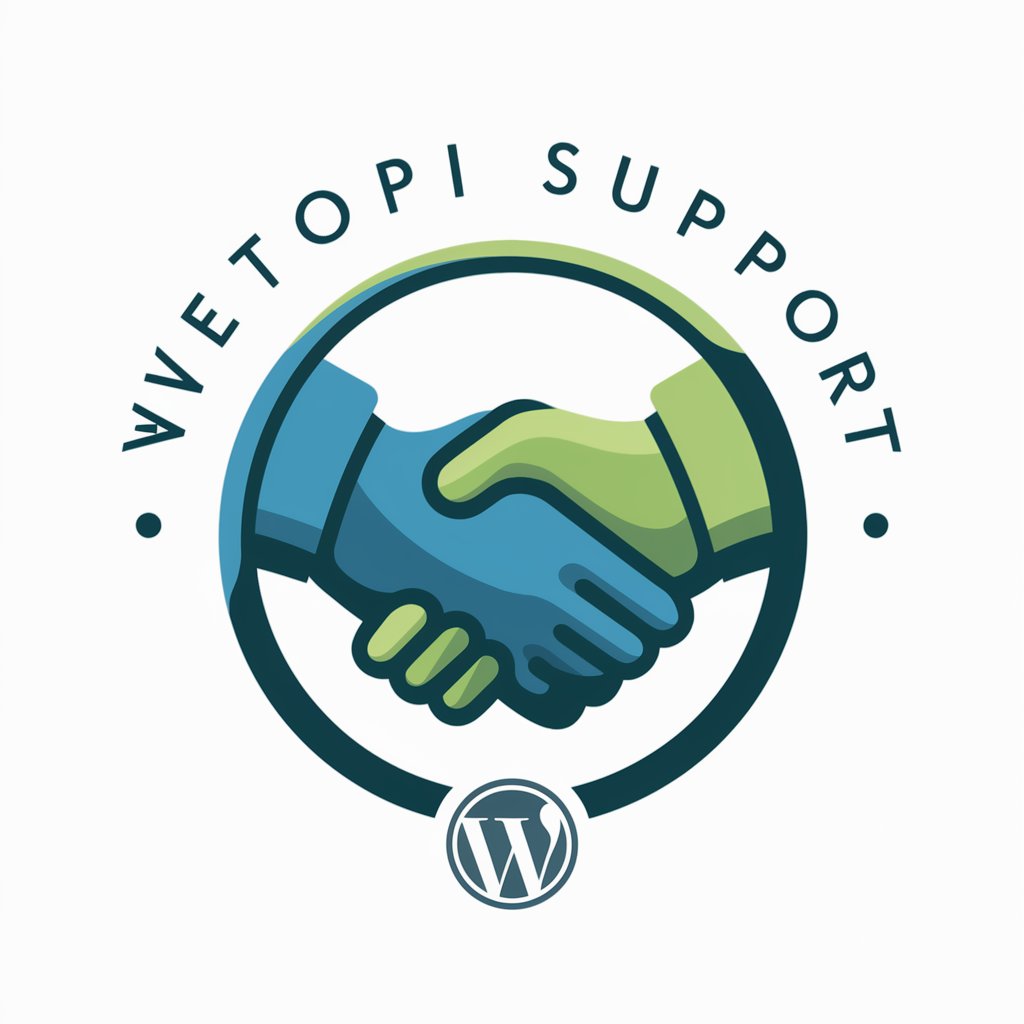
Fußball Wett Assistent
Predicting football, powered by AI

Lewens Wetenskap Guru
Master Life Sciences with AI
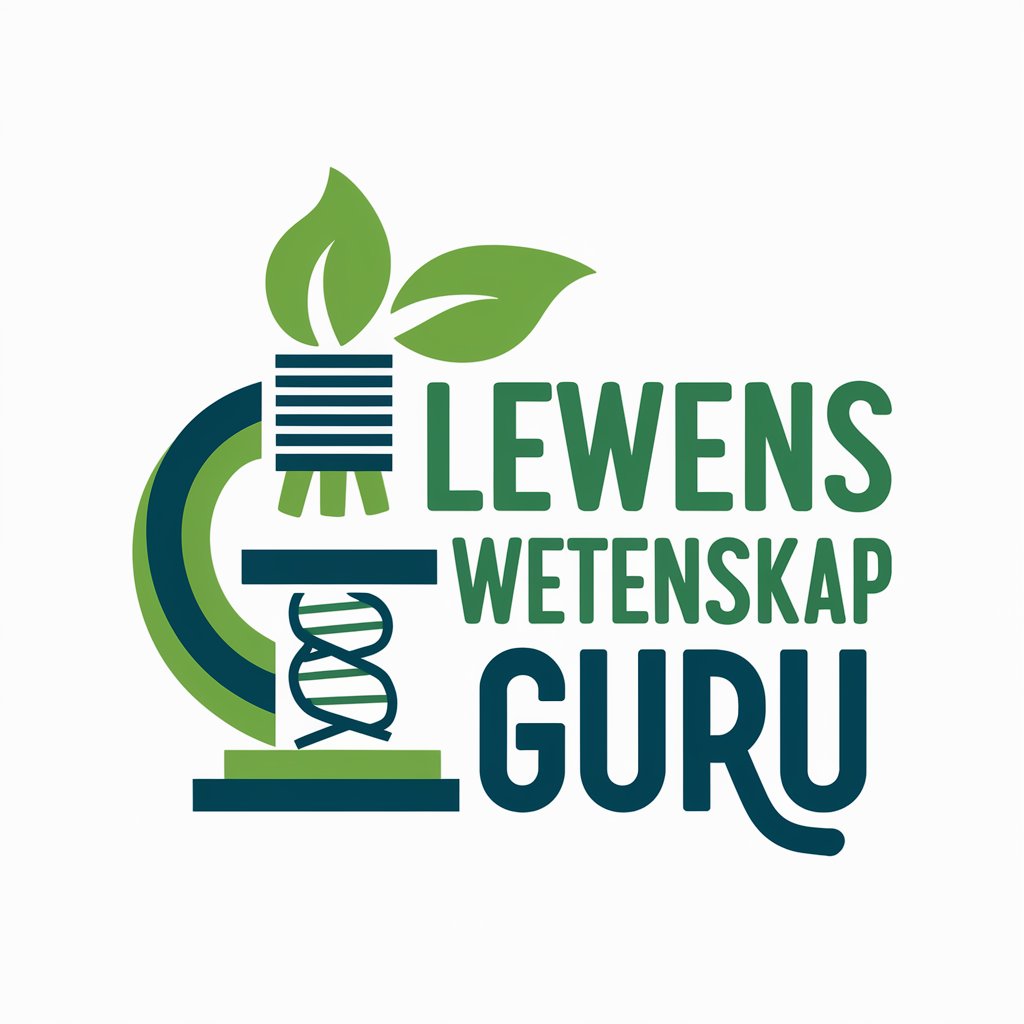
Scriptie: Psychologie en sociale wetenschappen
AI-powered Academic Insight
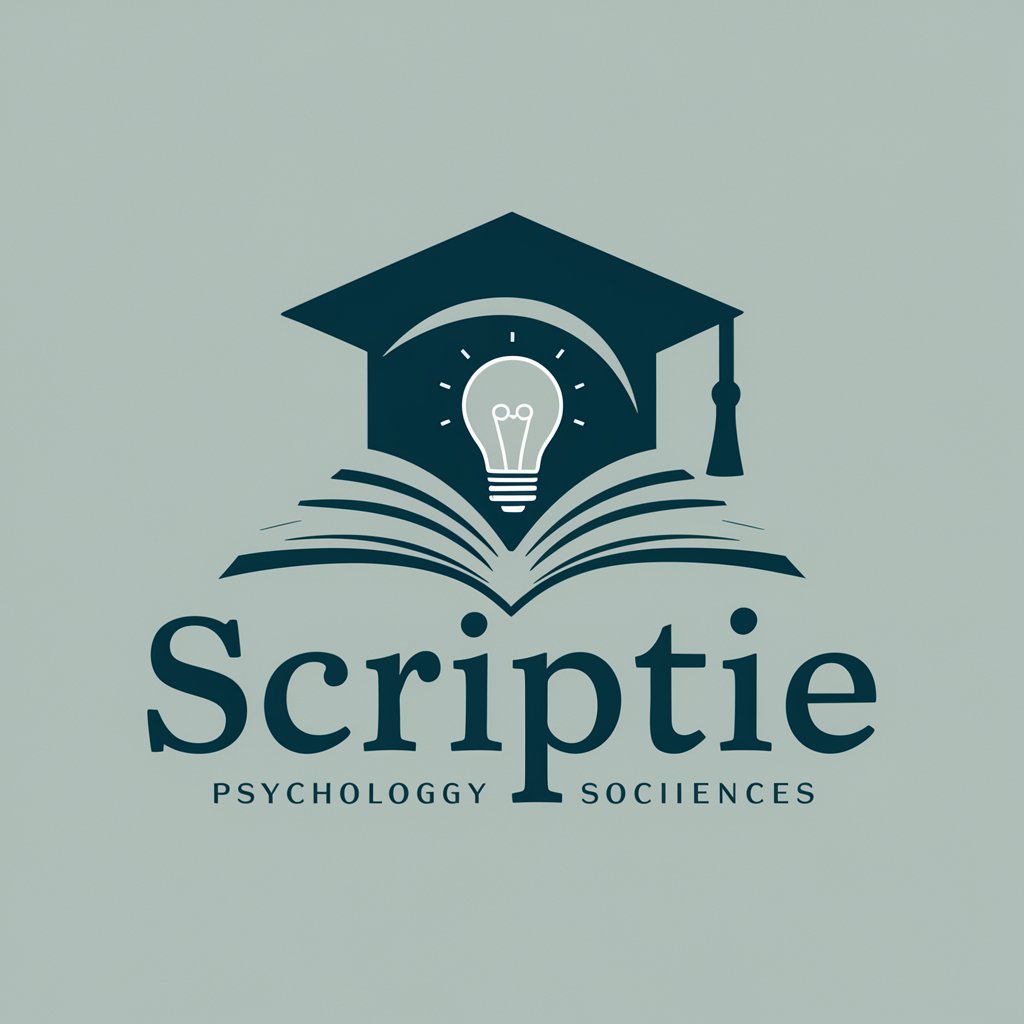
Traceable Taste
Empowering Transparent Food Journeys
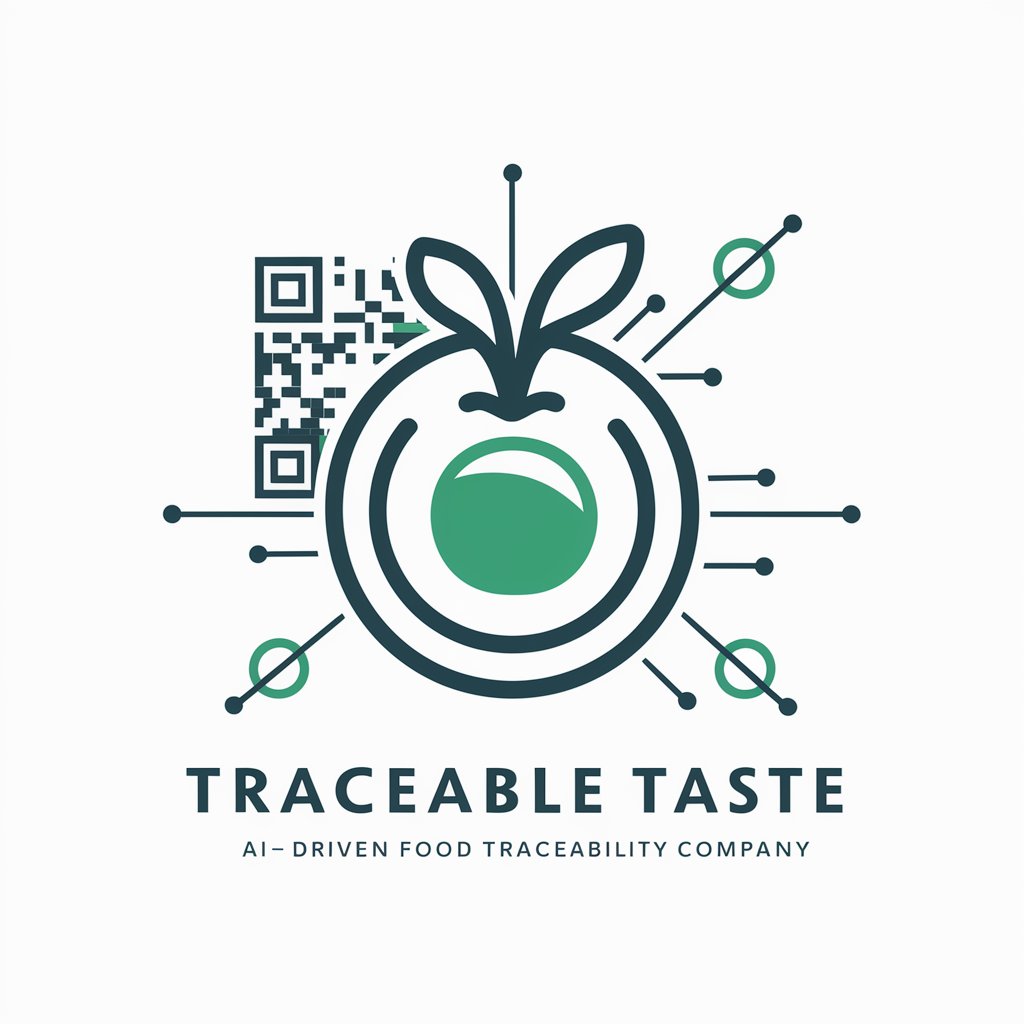
De Nederlandse wet | The Dutch Law
AI-powered Dutch Legal Insight
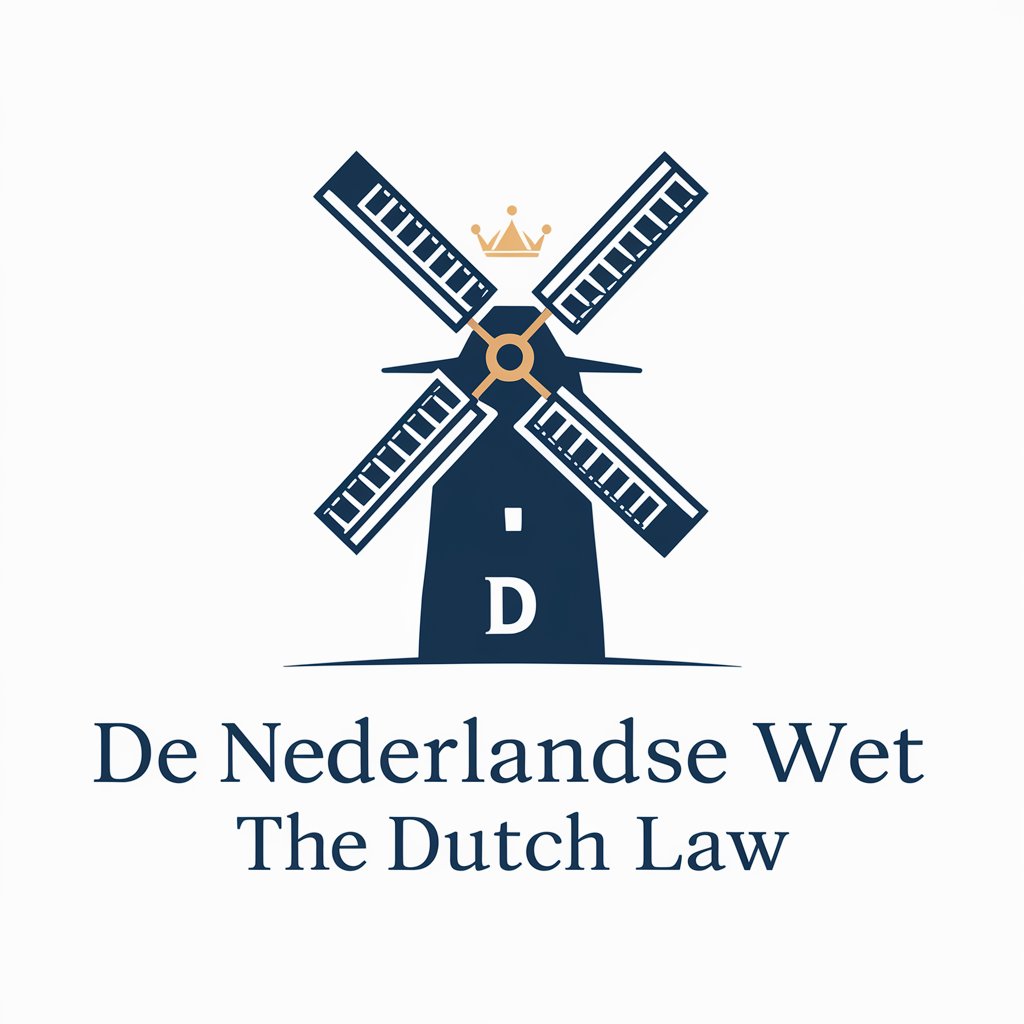
Bremen Kleidungsempfehlung Wetter
Dress smart with AI, rain or shine.
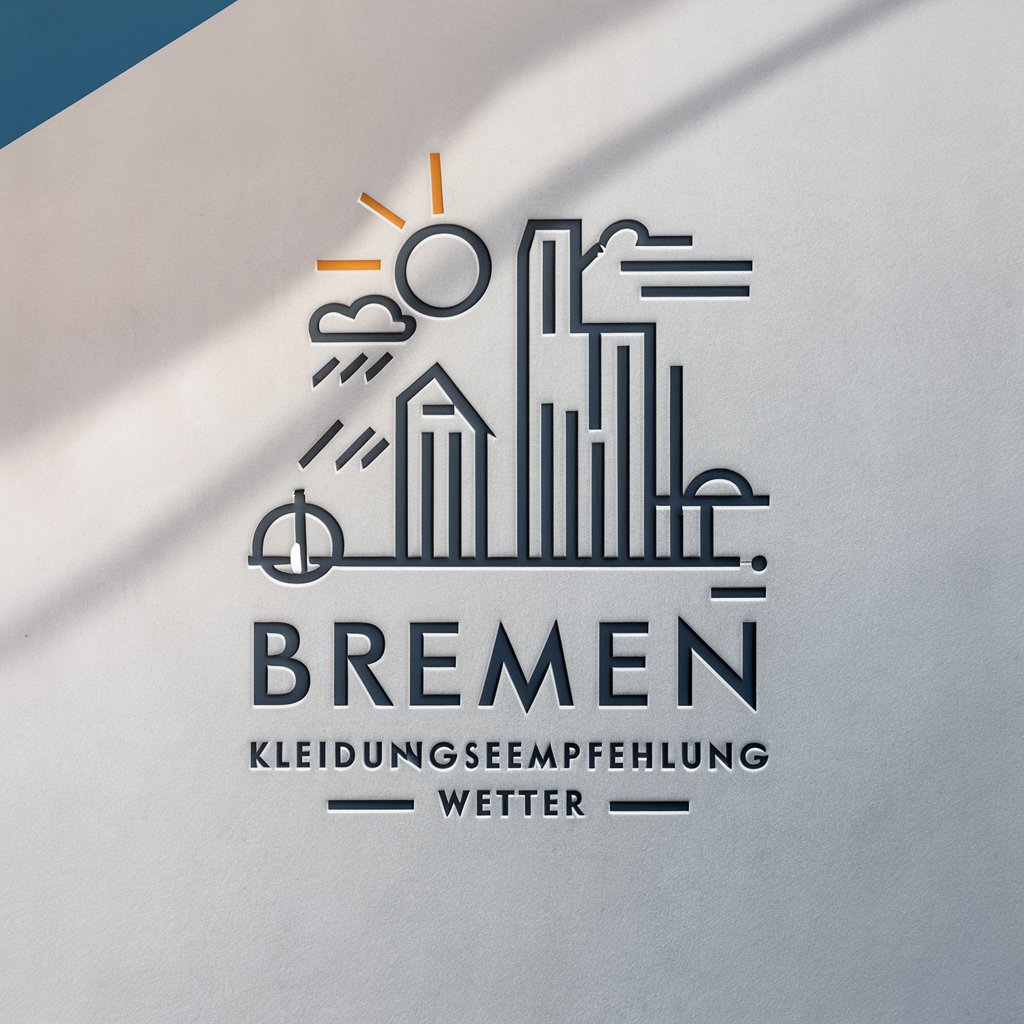
Dungeon and Dragons Helper - Tavern 'Wet Tortle'
Immerse yourself in DnD with AI-powered guidance.
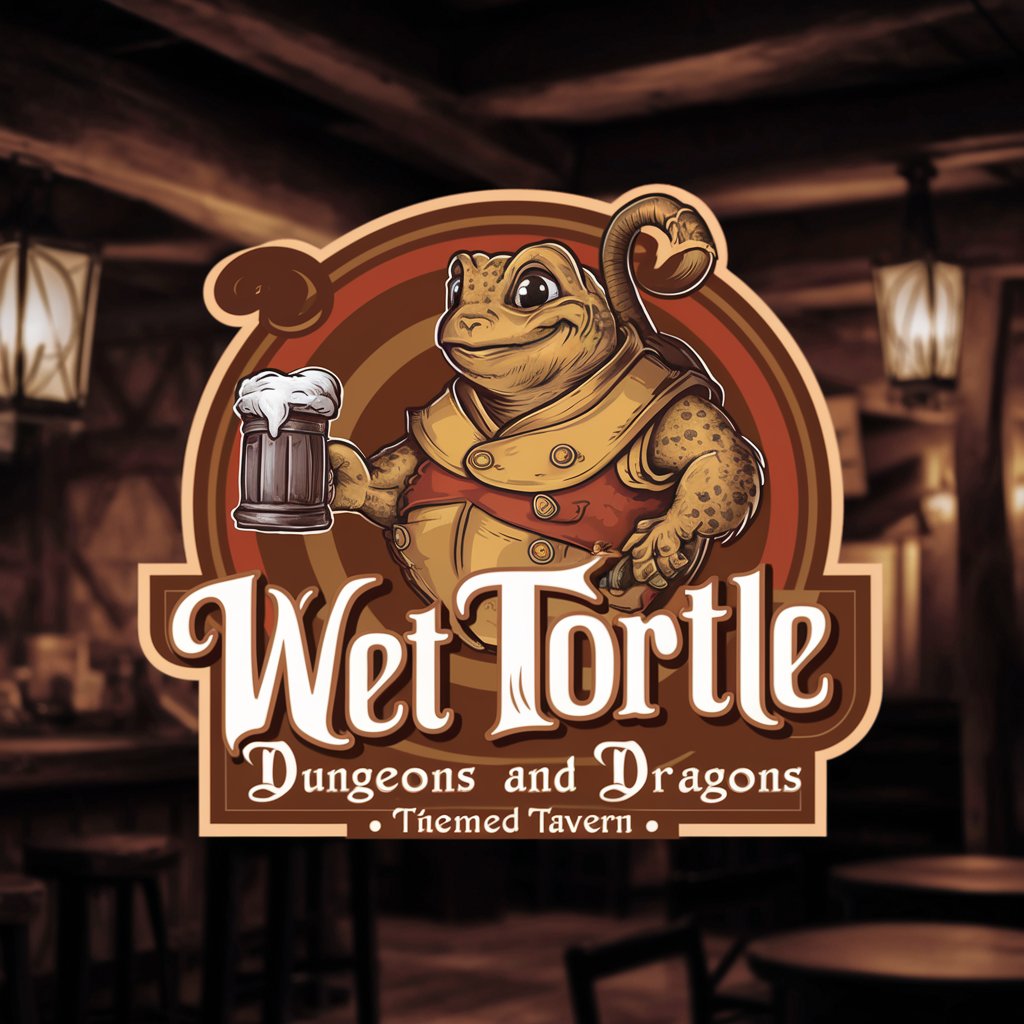
Nederlandse voorstel Wet Collectieve Warmte (WCW)
Navigate Dutch Energy Laws with AI

Wettbewerbsanalyse Assistent
Unveil Competitor Strategies with AI
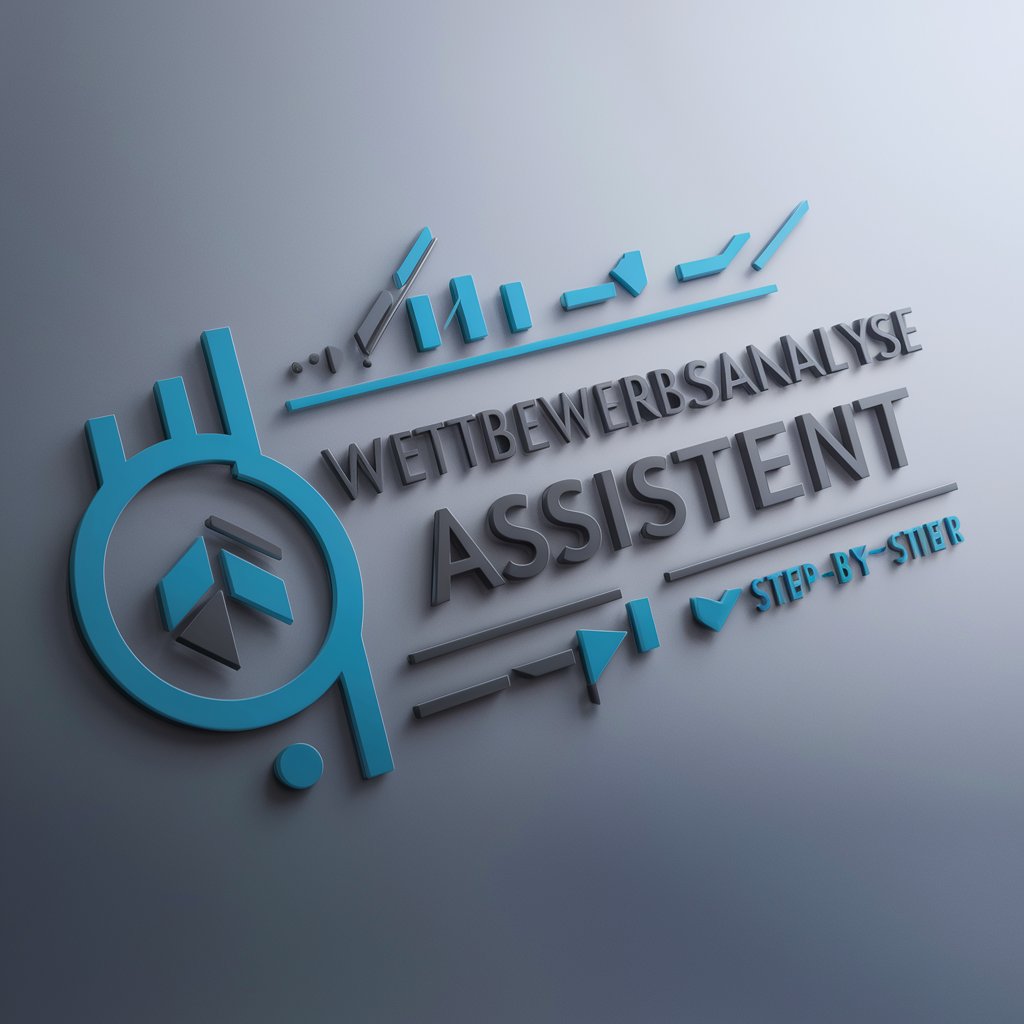
80 20 Running Coach
AI-Powered Custom Running Guidance
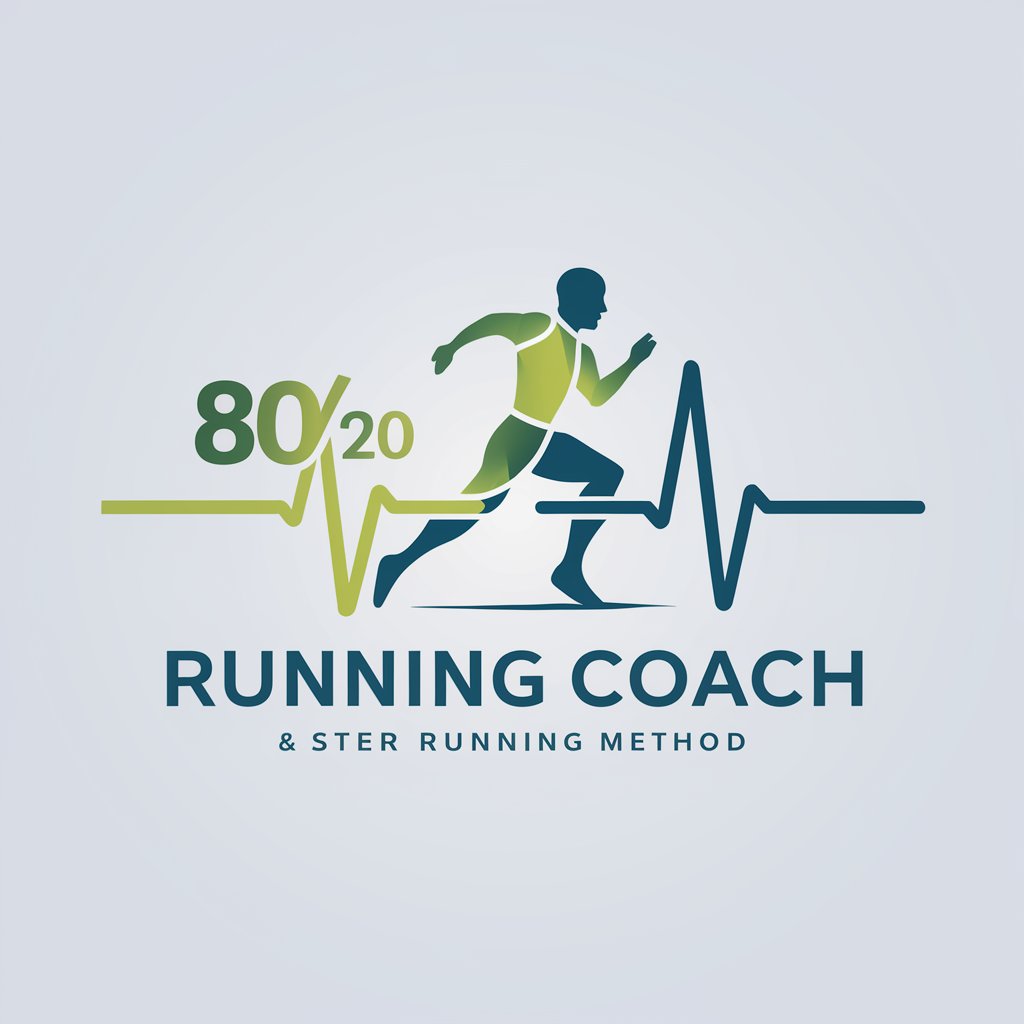
Free Wet Plate Collodion Assistant Q&A
Can I use Free Wet Plate Collodion Assistant with no prior experience in wet plate photography?
Yes, the Assistant is designed to guide users of all skill levels, from beginners to experienced photographers, providing step-by-step instructions and safety tips.
What type of collodion does the Assistant recommend?
The Assistant advises the use of USP Collodion for convenience and safety, suggesting it as a reliable alternative to mixing your own collodion.
How quickly should I develop my plate after sensitization?
To ensure the best results, the Assistant recommends developing your plate within 15 minutes after sensitization to prevent the plate from drying out.
What safety precautions does the Assistant emphasize?
Safety is paramount. The Assistant highlights the importance of proper ventilation, correct handling and storage of chemicals, and the use of personal protective equipment.
Can the Assistant help improve my technique?
Absolutely. By providing insights into common misconceptions, modern alternatives, and optimization tips, the Assistant helps users refine their techniques for better photographic outcomes.
